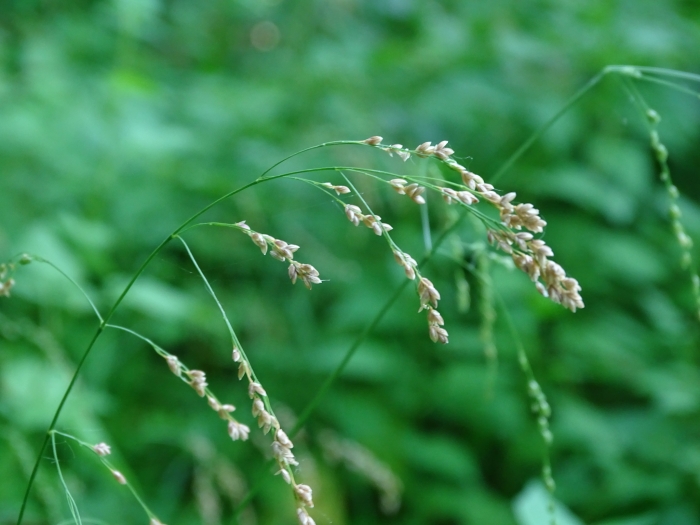Fowl Mannagrass
(Glyceria striata)
Fowl Mannagrass (Glyceria striata)
/
/

Reuven Martin
Public Domain















































Estimated Native Range
Summary
Fowl Mannagrass is appreciated for its ability to thrive in wet conditions and is often used for soil stabilization along waterways and in rain gardens. It is also a food source for waterfowl, hence its common name. This grass prefers full sun but can tolerate part shade, and it requires consistently moist to wet soil conditions with medium to slow drainage. It is not particular about soil type, making it a versatile choice for challenging wet areas in the landscape. While it is not known for significant pest or disease issues, it can spread aggressively via rhizomes, which should be considered when planting in smaller areas or near garden borders.CC BY-SA 4.0
Plant Description
- Plant Type: Grass
- Height: 4-6 feet
- Width: 2-3 feet
- Growth Rate: Moderate
- Flower Color: N/A
- Flowering Season: Summer, Fall
- Leaf Retention: Deciduous
Growth Requirements
- Sun: Full Sun
- Water: Medium
- Drainage: Medium, Slow
Common Uses
Edible*Disclaimer: Easyscape's listed plant edibility is for informational use. Always verify the safety and proper identification of any plant before consumption., Low Maintenance, Water Garden
Natural Habitat
Wet meadows, marshes, and the edges of water bodies
Other Names
Common Names: Fowl Manna Grass , Fowl-Meadow Grass , Gestreifter Schwaden , Svitraina Udenszale , Strimgröe , Strimmigt Mannagräs
Scientific Names: Glyceria striata , Panicularia nervata , Glyceria nervata , Glyceria striata var. stricta , Glyceria striata subsp. stricta , Glyceria striata var. mexicana , Glyceria michauxii , Glyceria striata subsp. difformis , Glyceria mexicana , Glyceria neogaea
GBIF Accepted Name: Glyceria striata (Lam.) Hitchc.